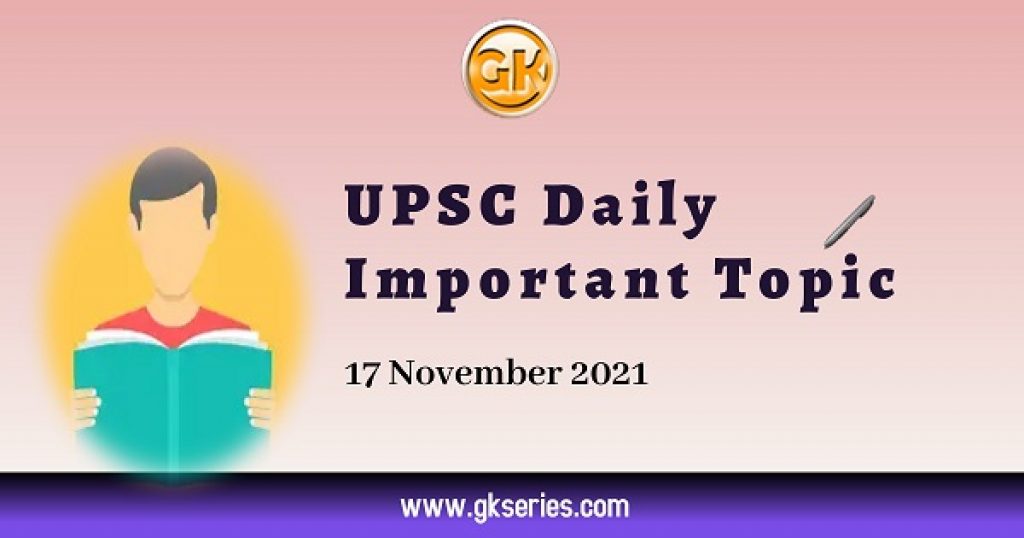FEATURES OF PARLIAMENTARY GOVERNMENT: UPSC Daily Important Topic | 17 November 2021

1. Nominal and Real Executives
The President is the nominal executive while the Prime Minister is the real executive. Thus, the President is head of the State, while the Prime Minister is head of the government.
2. Majority Party Rule
The political party which secures majority seats in the Lok Sabha forms the government. The leader of that party is appointed as the Prime Minister by the President; other ministers are appointed by the President on the advice of the prime minister.
3. Collective Responsibility
The ministers are collectively responsible to the Parliament in general and to the Lok Sabha in particular (Article 75)
4. Political Homogeneity
Usually, members of the council of ministers belong to the same political party, and hence they share the same political ideology.
5. Double Membership
The ministers are members of both the legislature and the executive. This means that a person cannot be a minister without being a member of Parliament.
6. Leadership of the Prime Minister
The Prime Minister plays the leadership role in this system of government. He is the leader of the council of ministers, leader of the Parliament, and leader of the party in power.
7. Dissolution of the Lower House
The lower house of the Parliament (Lok Sabha) can be dissolved by the President on the recommendation of the Prime Minister. In other words, the prime minister can advise the President to dissolve the Lok Sabha before the expiry of its term and hold fresh elections.
8. Secrecy
The ministers operate on the principle of secrecy of procedure and cannot divulge information about their proceedings, policies, and decisions.